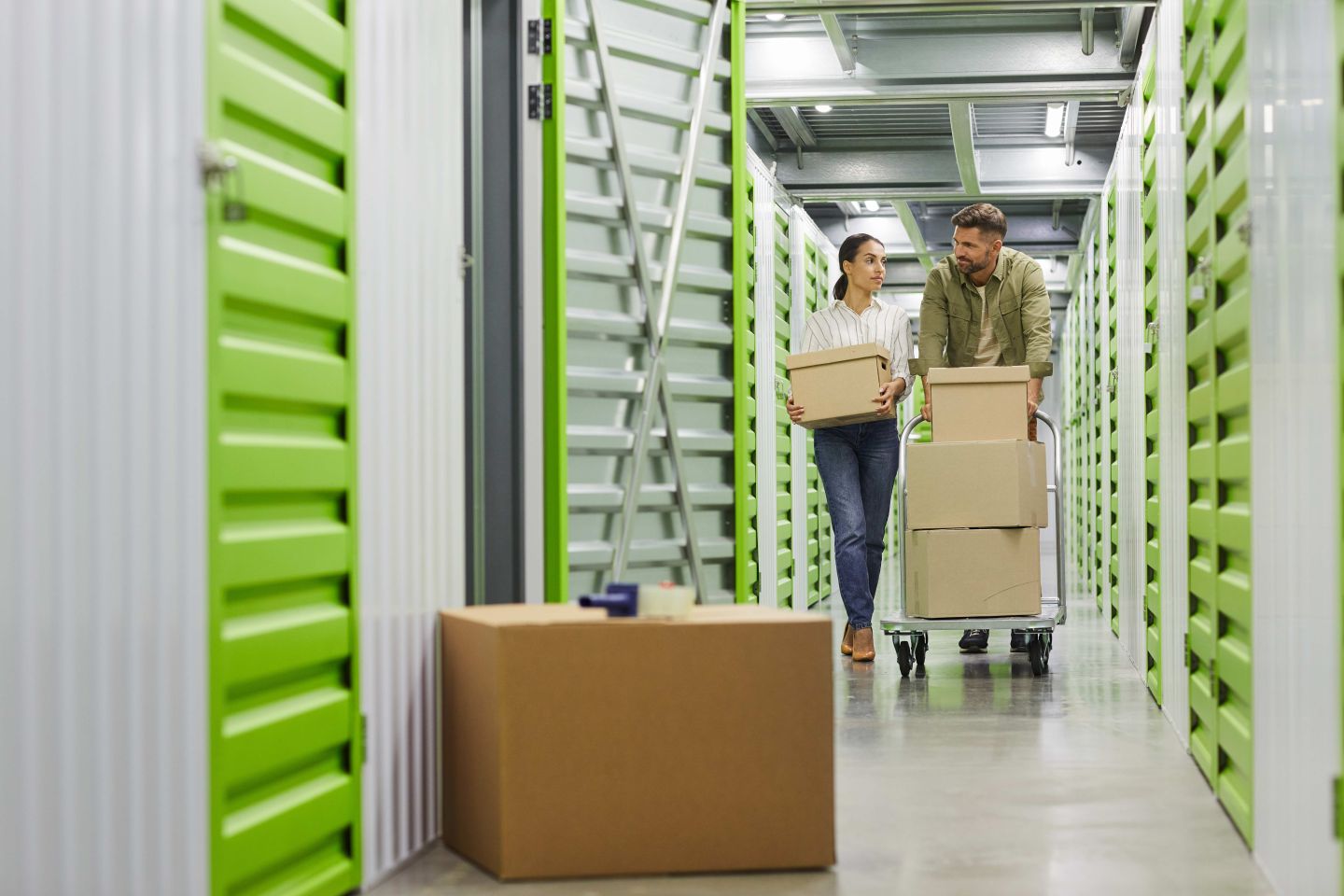With the rise of working from home, distance learning, and other pandemic-era shifts, people across the country are spending more time at home. And when the spare bedroom needs to become an office, elderly relatives downsize, or college kids come home, houses can quickly start to feel cramped.
Fortunately, self-storage facilities are rising to the challenge.
With the industry set to grow at a rate of 5.45% per year over the next four years and an average annual ROI of almost 17%, it’s no wonder more private equity investors are getting in the game to open their own recession-proof self-storage facilities.
But with new location costs approaching $12 million and beyond in some markets, it’s crucial to open in the right places to ensure you actually get those returns. That’s where predictive analytics come into play.
Here are three areas where data can help guide your self-storage facility site selection process.
Finding the Right Customers
Certain life stages often trigger storage events. Weddings, divorces, starting or finishing college, having a child, and more can result in more things and a need for a place to keep those things. But how can you find potential customers going through these changes?
A combination of household-level mobile GPS data and psychographic insights – or a consumer’s beliefs, attitudes, behaviors, and values – can help you identify groups of people most likely to be approaching these life stages.
Data like this reveals how consumers spend their money and their time, which, in turn, can reveal the pockets of your trade areas that are more likely to need self-storage options than others.
Insights from consumer intelligence can also help you identify members of more niche audiences, such as those looking for auto vaults or wine storage. These profitable consumers will not have the same triggering events as the average self-storage user, but can still be found with the right tools.
Understanding Changes in Consumer Behavior
How consumers have used self-storage facilities has changed over the past decade and it’s crucial to recognize that when you decide where to place new locations. As with most industries, convenience is playing an increasingly important role in site selection.
Consumers want the convenience of being able to access their stored things easily while they’re already out and about. No longer do people pack their things in a self-storage facility and forget about them—they treat these facilities like an extension of their homes and need to be able to quickly retrieve and return things as needed.
Placing your self-storage facilities near the right cotenants, such as on the backside of a shopping strip or adjacent to a grocery store, will provide an even greater level of convenience for your consumers and potential consumers.
Picking the Right Location
The cheapest plot of dirt is rarely the right dirt for your next self-storage facility. While at one point, self-storage facilities could be out in the middle of nowhere, that isn’t the case anymore. Even once you’ve identified who your best customers and contenants are, as well as what trade areas you should be in, finding a property is the next challenge.
Fortunately, the Buxton Platform integrates with COSTAR’s database of commercial real estate properties so you can see what’s available in real time.
The Bottom Line
The biggest retailers have been using data and analytics to support their site selection decisions for decades. As the competition heats up in the self-storage facility world, it’s crucial that you open in the right locations to ensure your success in the long term.
To learn more about the site selection tools and solutions that Buxton can offer your self-storage business, get in touch with one of our experts.


